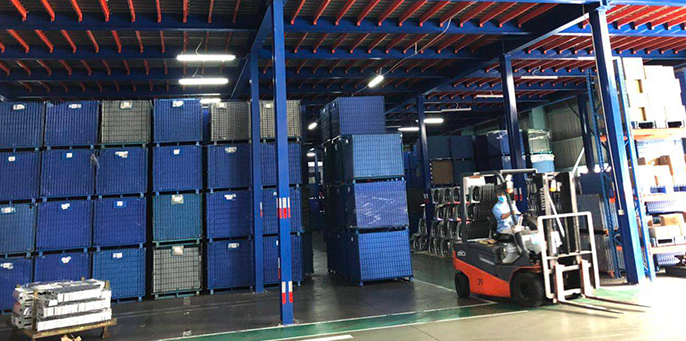In the ever-evolving landscape of warehouse management, the quest for cost-effective storage solutions has become paramount. As warehouses seek to optimize their operations and maximize economic efficiency, the role of flow shelving emerges as a key player in enhancing warehouse economics. This passage delves into the economic impact of flow shelving systems, shedding light on how they contribute to cost-effective storage solutions and improved financial outcomes.
At the forefront of how flow shelving enhances warehouse economics is its dynamic efficiency in minimizing labor costs and maximizing throughput. Traditional static shelving often requires extensive manual labor for picking and restocking, leading to increased labor expenses. Flow shelving, on the other hand, operates on a principle of dynamic movement, bringing products to the picker with minimal effort. This not only reduces the time and labor required for order fulfillment but also enhances overall throughput, allowing warehouses to handle more orders in less time. The result is a significant reduction in labor costs per unit and a boost to the overall economic efficiency of warehouse operations.
An economic advantage inherent in flow shelving systems lies in their ability to optimize warehouse space. Traditional shelving often leaves unused vertical space, necessitating larger facilities and higher real estate costs. Flow shelving, however, maximizes storage capacity by utilizing vertical space efficiently. The dynamic flow design allows for a higher density of products in a given area, enabling warehouses to store more inventory without the need for expansive floor space. The economic impact is twofold—reduced real estate costs and increased storage capacity, providing a significant advantage to warehouses looking to enhance their economic bottom line.
Another dimension through which flow shelving enhances warehouse economics is in the realm of inventory management. The dynamic flow of goods facilitated by these systems reduces the risk of product obsolescence and expiration, minimizing waste. This reduction in waste translates directly to improved cost-effectiveness in warehouse operations. Flow shelving ensures that products are efficiently rotated, reducing the likelihood of unsold or expired items. By optimizing inventory management, warehouses can achieve better control over stock levels, reduce holding costs, and improve overall economic efficiency.
Flow shelving systems contribute to economic agility by offering adaptability in the face of changing demands. Traditional static shelving may struggle to accommodate fluctuations in inventory levels or changes in product sizes. Flow shelving, with its modular and customizable design, allows for easy adjustments to meet evolving storage needs. This adaptability ensures that warehouses can respond swiftly to market dynamics, preventing the need for significant investments in infrastructure changes. The result is an economically agile warehouse that can efficiently scale its operations in response to market trends and customer demands.
In conclusion, the economic impact of flow shelving systems extends far beyond their physical design. From dynamic efficiency and space optimization to improved inventory management and adaptability for economic agility, flow shelving proves to be a strategic investment for warehouse economics. As warehouses strive for cost-effective storage solutions that enhance operational efficiency and contribute to the bottom line, flow shelving stands as a key enabler in achieving these economic goals. By minimizing labor costs, maximizing storage capacity, reducing waste, and providing adaptability, flow shelving systems demonstrate their ability to enhance warehouse economics and position warehouses for sustained success in an increasingly competitive landscape.
